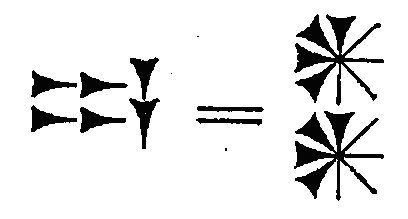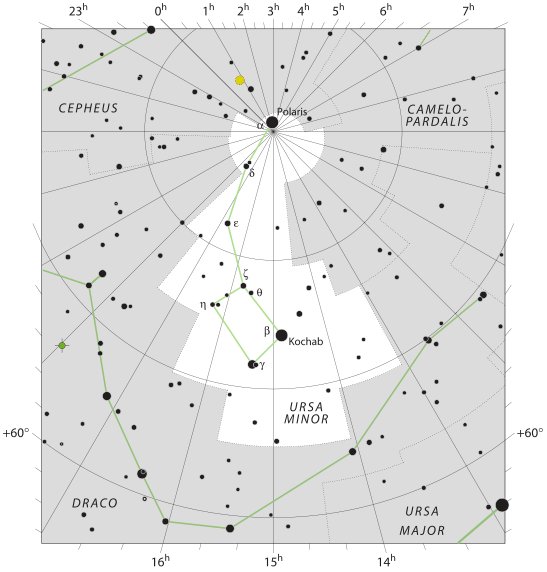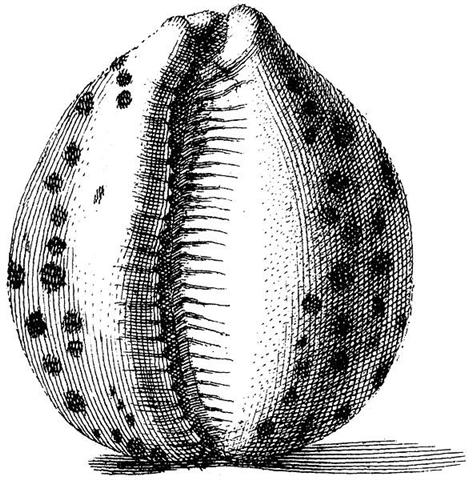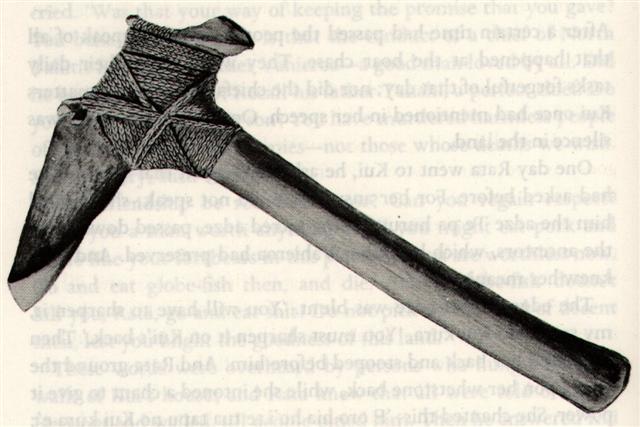Once again. I am suggesting that the glyphs inscribed on the rongorongo tablets were arranged in parallel with the right ascension day numbers as counted from 0h. 24h * 15 = 360°, but I have adopted the Julian measure of 365¼ days for a year. The ancient Chinese measured the circle as 365¼°. ... The Sothic cycle was based on what is referred to in technical jargon as 'the periodic return of the heliacal rising of Sirius', which is the first appearance of this star after a seasonal absence, rising at dawn just ahead of the sun in the eastern portion of the sky. In the case of Sirius the interval between one such rising and the next amounts to exactly 365.25 days - a mathematically harmonious figure, uncomplicated by further decimal points, which is just twelve minutes longer than the duration of the solar year ... The C text, e.g., seems to have Sirrah (at the Navel of the Horse) in position zero (at the beginning of side a). ... Taranga had to wipe her eyes because there were tears in them, and she said: 'You are indeed my lastborn son. You are the child of my old age. When I had you, no one knew, and what you have been saying is the truth. Well, as you were formed out of my topknot you can be Maui tikitiki a Taranga.' So that became his name, meaning Maui-formed-in-the-topknot-of-Taranga. And this is very strange, because women in those days did not have topknots. The topknot was the most sacred part of a person, and only men had them ... Counting also with a day zero the number of glyphs on side a of the C tablet will become 393. The number of glyphs on side b is less, viz. 348 = 12 * 29. The difference between 393 and 348 is 45. 393 - *30 (Hamal) = 363 (→ 108) and 363 + 45 = 408 (→ 320) = 393 + 15:
In the G text we will find 0h at the beginning of side a - given an extrapolation down from the timeframe of rongorongo to the timeframe of the Bull. The right ascension difference was *64. ... Ogotemmêli had his own ideas about calculation. The Dogon in fact did use the decimal system, because from the beginning they had counted on their fingers, but the basis of their reckoning had been the number eight and this number recurred in what they called in French la centaine, which for them meant eighty. Eighty was the limit of reckoning, after which a new series began. Nowadays there could be ten such series, so that the European 1,000 corresponded to the Dogon 800. But Ogotemmêli believed that in the beginning men counted by eights - the number of cowries on each hand, that they had used their ten fingers to arrive at eighty, but that the number eight appeared again in order to produce 640 (8 x 10 x 8). 'Six hundred and forty', he said, 'is the end of the reckoning.' According to him, 640 covenant-stones had been thrown up by the seventh Nummo to make the outline in the grave of Lébé.
So the cowries that the father of the first twins found in the ground when harvesting millet after the second sowing, were a foreshadowing of commerce
Glyph 408 (not counting with day zero at the time of the Bull) was probably arranged at heliacal Sirrah at the time of rongorongo - viz. 320 right ascension days before the South Pole star Dramasa and 64 glyphs before Ga1-1:
The identification of stars depended on the visual cues in the glyphs, for instance:
... The men also (wanted to) take the figure on board the canoe (addition in parenthesis: the name of the figure was Oto Uta), but they left the figure out in the bay [i mua ana i te hanga i rehu ro ai.te moai] ... [E:73 → 365 / 5 → March 14 → 3-14 → π] ... Pure O picked up a large round stone (pureva) and hit the top of the figure. Because of the stone, the neck of Oto Uta was broken [cfr the missing neck of the figure of Lébé above]. Then the wind started blowing, the billow rose, the waves broke, and the rain started falling, the flame (i.e., lightning) shone brightly, and the thunder rolled. [E:89] As for the E text, there is an uncertainty embedded in line a8, which possibly can be explained as a Sign for day zero, viz. after right ascension day *78 at Rigel and Capella:
If so, we seem to have this pattern:
We can compare Ea3-30 with the Canopus glyph in the G -text:
... A Maori saying: he iti toki, e rite ana ki te tangata = though the adze be small, yet does it equal a man ... |
||||||||||||||||||||||||||||||||||||||||||||||||||||||||||||||||||||||||||||||||||||||||||||||||||||||||||||||||||||||||||||||||||||||||||||||||||||||||||||||||||||||||||||||||||||||||||||||||||||||||||||||||||||||||||||||||||||||||||||||||||||||||||||||||||||||||||||||||||||||||||||||||||||||||||||||||||||||||||||||||||||||||||||||||||||||||||||||||||||||||||||||||||||||||||||||































